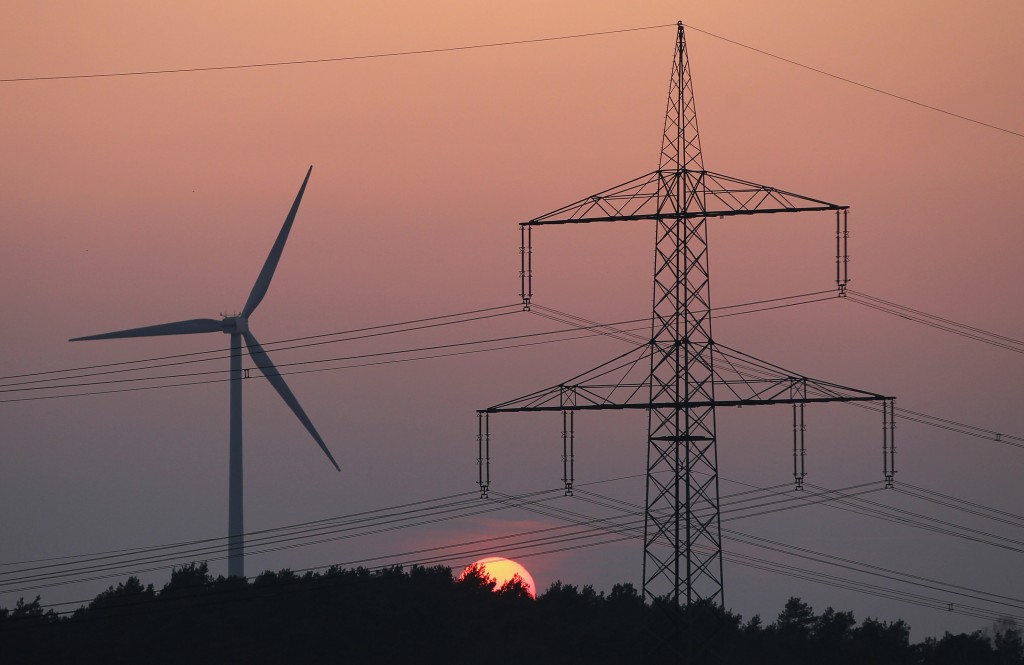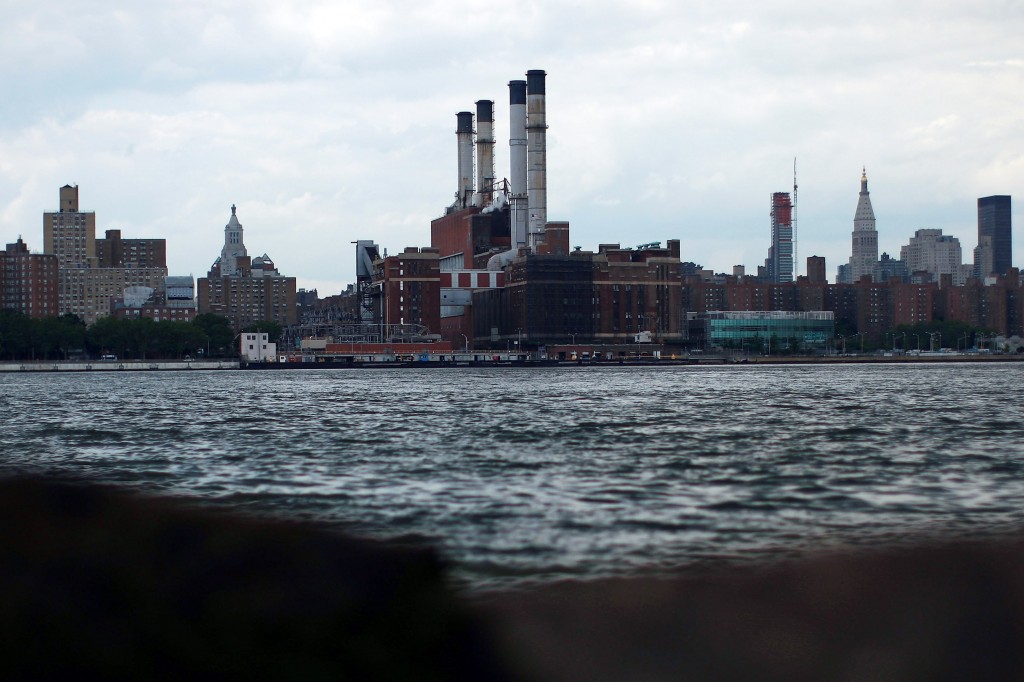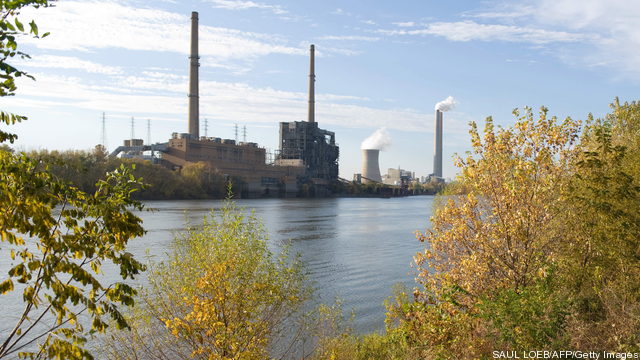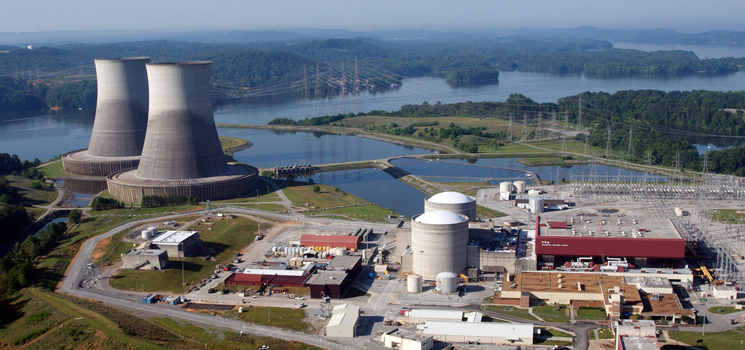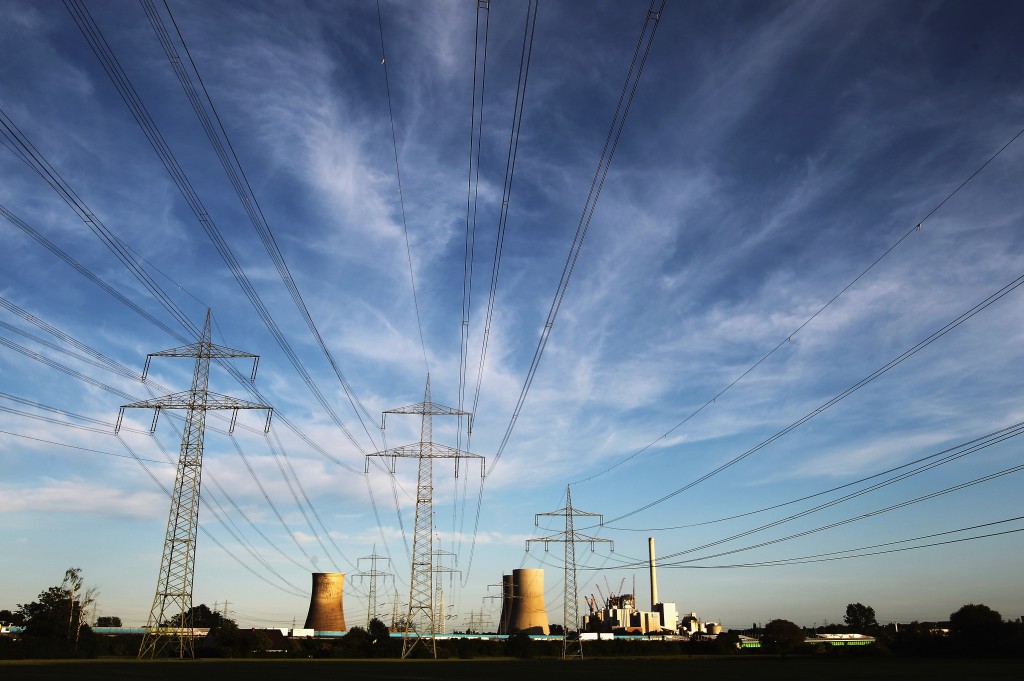New technology is evolving electricity transmission from a centralized, one-way system to a more distributed, interactive one. This system necessitates new electricity rates, and the National Association of Regulatory Utility Commissioners (NARUC) unveiled this week at its annual summer meeting a draft manual that will help states across the U.S. design them. The Distributed Energy Management… Keep reading →
NARUC
The Process Priority: Inspiring Good Rate Design For Our Modernizing Grid
By Environmental Defense Fund Energy Exchange BlogSign up and get Breaking Energy news in your inbox.
We will never sell or share your information without your consent. See our privacy policy.Tech Innovation In The Energy Utility Space: Good News & Room For More
By Environmental Defense Fund Energy Exchange BlogA survey released this month by a top management consulting firm found that 80 percent of the companies polled – including Apple, Google and Tesla – rank innovation among their top three strategic priorities. Unfortunately, the nation’s utility sector seems to be behind the curve when it comes to embracing this idea. Utility companies invested… Keep reading →
FERC Advances Reliability Safety Mechanism In Final Clean Power Plan
By Enerknol ResearchInsight for Industry – FERC’s Push to Incorporate Reliability Safety Mechanism in the Clean Power Plan Increases Certainty for State Compliance Efforts On May 15, 2015, the Federal Energy Regulatory Commission (FERC) provided the Environmental Protection Agency (EPA) with a letter signed by all five Commissioners that details its role in implementing a Reliability Safety… Keep reading →
Regulator / utility collaboration – the 3 states that do it best (and other tips for better relationships)
By Smart Grid NewsQuick Take: By now you are thoroughly sick of hearing me hammer at utilities to speak up about the future they want. Our industry has hit a tipping point. Bellwether states such as New York are already rethinking the regulatory compact. Unless utilities become part of those discussions, they’ll end up in a future designed by others.… Keep reading →
An Adaptive, Consent-Based Path to Nuclear Waste Storage and Disposal Solutions
By US Department of EnergyToday I spoke at the National Association of Regulatory Utility Commissioners (NARUC) on the Quadrennial Energy Review and the continued importance of the President’s all-of-the-above energy strategy in the fight against climate change. I’d like to amplify one set of remarks. Nuclear energy has played an important role in avoiding carbon pollution and providing affordable energy, providing… Keep reading →
Opinion: Open Letter on Cybersecurity to State Commission Chairs
By Andy BochmanDear State Public Utility Commission Chairmen and Chairwomen, Risk management isn’t a new concept for any of the utility companies you regulate, nor I’m sure, is it new for you and your team. When large storms or fires cause power outages, you monitor how quickly electric utilities return service to customers. When proposals for new… Keep reading →

Hurricane Sandy presents state and federal officials nationwide with a superb opportunity to think through how to better utilize all their resources in an even worse disaster, says Assistant Secretary of Defense Paul Stockton.
And a worse disaster is coming – either from human enemies or from Mother Nature, he warned the National Association of Regulatory Utility Commissioners (NARUC), meeting recently held in Baltimore. Keep reading →

Anyone who thought economics was the dismal science should try civil engineering.
Despite more than a quarter of a trillion dollars in investment from 2001 to 2010 the US is still facing an enormous shortfall in electricity infrastructure. That decade was marked by higher spending on reliability in the years that followed the high-profile California blackouts and were interrupted by an equally notable New York City blackout. Keep reading →

The best way to get $6 natural gas is to have everyone plan on $3 gas.
That was a sentiment heard repeatedly last week, during the winter meeting of the National Association of Regulatory Utility Commissioners (NARUC) and the Department of Energy’s National Electricity Forum in Washington, DC earlier this month. Keep reading →

Electricity regulators from across the US insisted this week that the Environmental Protection Agency is underestimating the time they’ll need to meet EPA’s newest air rules, and they want EPA to lay out standards now that will guarantee five years’ compliance time and insulate them from civil liability.
EPA’s Mercury and Air Toxics Standard gives generators three years from its publication date to comply, but allows state regulators to grant a fourth year and EPA to issue an administrative order allowing a fifth year in limited circumstances. The rule was approved but hasn’t been legally published yet. Keep reading →
